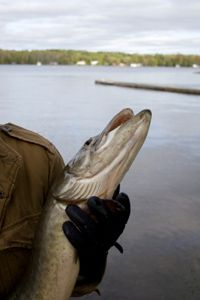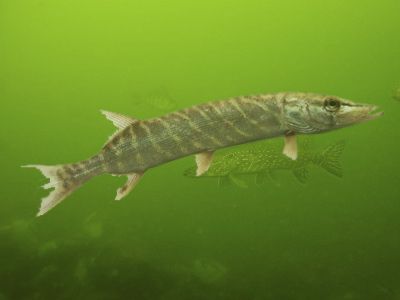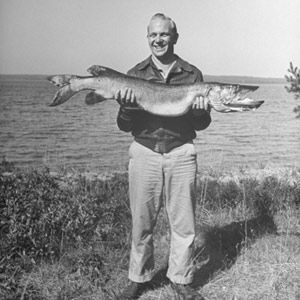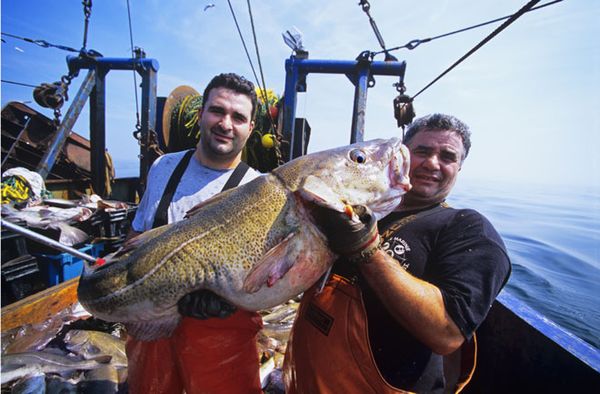Go big or go home, right? In the sport of fishing, ask any angler about the greatest win of the game and you're likely to get the same response. Once called the catch of 10,000 casts, muskie have become the most popular of game fish, due in part to their elusive behavior.
So the true key to catching this famously obscure fish is to study it well and prepare yourself. There are many truths you can use to your advantage when searching for this prized catch.
Advertisement
As a rule, muskies prefer shallow waters. They rarely go deeper than 40 ft (12 m) because they like to hide among the vegetated areas that need sunlight for growth. And on top of staying shallow, muskies tend to follow a similar path from year to year.
Split into two main seasons, muskies take to two different areas each year, each spanning between 40 and 500 acres (.16 to 2.02 km2) [source: Rachardson]. One home is for their summer, or the time of year when the water is around 60 degrees Fahrenheit (15.6 Celsius). The other is for their winter, when the water drops near 40 degrees (4.4 Celsius). Accordingly, muskies also have two major travel times each year. The first is in spring, after the spawn, as the water warms and the second is when the water begins to cool down for winter.
A common consensus among game anglers is that trolling is your best bet for finding muskie. It allows you to cover the most water and simultaneously drag different lures and different depths.
So you're up for the challenge, right? Well, in that case, read on to get a better idea of what you'll need to do to bag a muskie!
Advertisement



